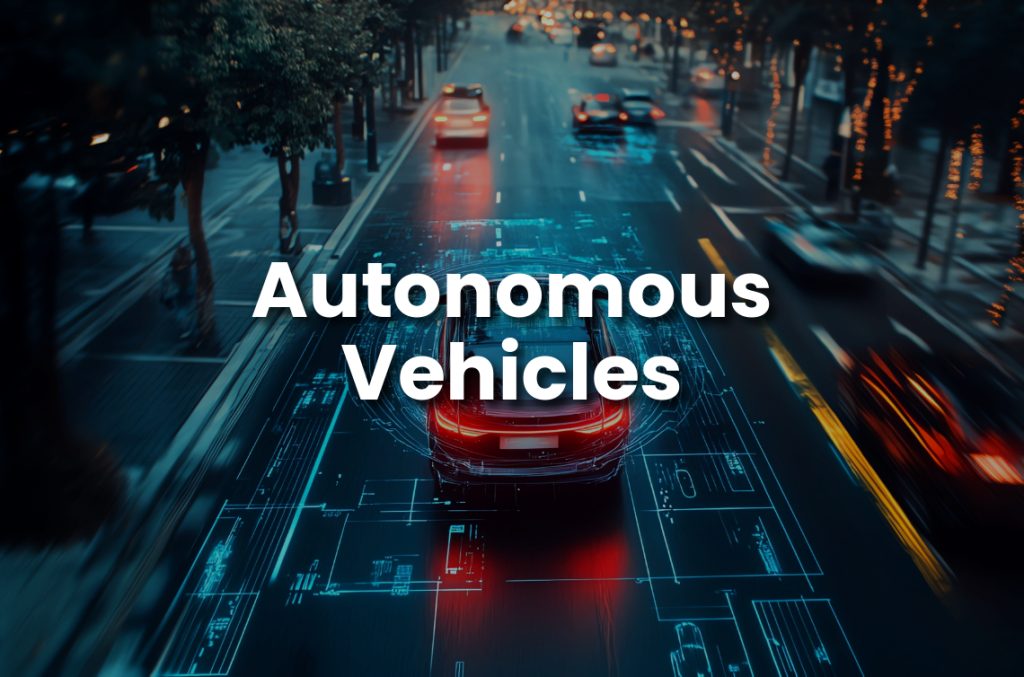The year is 2025, and California’s roads are increasingly shared with autonomous vehicles (AVs). This rapid integration of AI-powered technology, fueled by advancements in artificial intelligence and supportive state policies, presents exciting possibilities but also raises complex legal questions, particularly regarding personal injury claims.
While the California Department of Motor Vehicles (DMV) is working on regulations for autonomous heavy–duty vehicles, understanding liability in these incidents remains a significant challenge. Unlike traditional accidents where fault is often clear-cut, AV crashes can involve a web of potential parties, including manufacturers, software developers, and even maintenance providers.
Who is Held Accountable When an AV Crashes?
Determining liability hinges on identifying the cause of the accident. Was it a software malfunction, a hardware failure, or perhaps a combination of both? It’s important to distinguish between the “critical reason” for a crash and the actual cause.
- Software Errors: If faulty programming is to blame, the software developer could be held liable. Imagine a scenario where an AV’s perception system fails to recognize a pedestrian, leading to a collision. In such cases, legal action might focus on the company responsible for developing the faulty perception algorithms.
- Defective Hardware: A malfunctioning sensor or a critical hardware defect could shift the focus to the manufacturer. For instance, if a lidar sensor fails to detect an obstacle due to a manufacturing flaw, the manufacturer could be held responsible for the resulting accident. As of January 10, 2025, the California DMV has received 778 Autonomous Vehicle Collision Reports. Research on the failure rates of various AV components is ongoing, with studies underlining the importance of rigorous safety assessments for hardware reliability.
- Human Error: In situations involving semi-autonomous vehicles, where drivers are expected to remain vigilant and intervene when necessary, liability could be shared. One potential reason for the prevalence of human error in AV crashes is the phenomenon of “automation bias.” Drivers may become over-reliant on the automation system and fail to maintain adequate situational awareness. This can lead to delayed reactions or inappropriate interventions when the system encounters unexpected situations.
- System Limitations: Another factor is the inherent limitations of current semiautonomous systems, which may not always perform as expected in complex realworld scenarios. For example, the NHTSA study found that Autopilot’s driver engagement monitoring was not always effective in ensuring driver attention, and crashes occurred even when drivers met the system’s pre-recall monitoring criteria.
The Evolving Landscape of Insurance and Litigation
The rise of AVs has prompted insurance companies to adapt their policies to address the unique risks associated with this technology. California Senate Bill 1107, which increases minimum auto insurance requirements, aims to provide greater financial protection for accident victims. However, questions persist about how insurance policies will handle claims arising from software malfunctions or technical errors, rather than human negligence.
For victims of AV-related accidents, proving fault can be a daunting task. Unlike traditional cases, these often require in-depth analysis of sensor data, software logs, and compliance with evolving regulations. This complexity can prolong the claims process and make it more challenging to secure fair compensation.
The Role of Personal Injury Attorneys in the Age of AVs
Personal injury attorneys must now navigate a complex intersection of technology and law. Staying abreast of AV regulations, such as those outlined in the California Vehicle Code Section 38750, is crucial. Building a network of technology experts who can provide critical insights and testimony is equally important.
Moreover, attorneys need to keep a close eye on legal precedents. Cases like the December 2024 incident where General Motors’ Cruise was fined $1.5 million by the NHTSA for failing to disclose details about a pedestrian accident underscore the evolving legal landscape and the need for transparency and accountability in the AV industry.
Looking Ahead: Safety, Accountability, and Collaboration
While AVs hold immense potential to improve road safety, their widespread adoption requires a collaborative approach. AV developers must prioritize safety protocols, improve transparency through public reporting of safety records, and address ethical concerns in algorithm development.
The legal system, too, must adapt. Lawmakers, manufacturers, and legal professionals need to work together to ensure that the benefits of AV technology are realized without compromising public safety or individual rights.
The Road Ahead: Safety and Justice in the Age of AVs
The rise of autonomous vehicles presents both exciting possibilities and complex legal challenges. As we’ve seen, determining liability in AV accidents is far from straightforward, requiring a deep understanding of software, hardware, and evolving regulations. Insurance policies must adapt to cover the unique risks posed by self-driving cars, and personal injury attorneys must be prepared to navigate this new legal landscape. Moving forward, collaboration between manufacturers, regulators, and legal professionals is essential to ensure that the benefits of AV technology are realized without compromising public safety or individual rights.
If you or someone you know has been involved in an accident involving a self-driving car in California, the complexities can be overwhelming. Contact Muhareb Law Group today for a free consultation. Our experienced team can help you navigate these challenging legal issues and fight for the compensation you deserve. Call (909) 519-5832.
Phone:
Office: (909) 519-5832
Direct: (909) 437-7810
Fax:
(909) 935-3858
Mail:
muhareb@muhareblawgroup.com
